Over the last decade, electronic flight bags have revolutionised general aviation flight planning and put valuable safety features into the cockpits of light aircraft. But even those who developed the technology warn of the downsides of using it carelessly
By Robert Wilson
Today’s general aviation aerodrome century looks either reassuringly or disappointingly like one from the later decades of the previous century. The same aircraft types—and in some cases the same actual aircraft—are still taking off and landing. But there has been a revolution behind the scenes—today’s general aviation pilots enjoy planning, communication and flight management resources beyond the dreams of their 20th century forebears, thanks to tablet computer-based electronic flight bags—EFBs.
For less than the cost of one flight hour in a single engine GA aircraft, subscribers to Australia’s two major EFB software providers—OzRunways and AvPlan—get access to ERSA charts, approach plates, weather information including METARs, SPECIs, SIGMETs and AIRMETs and a Bureau of Meteorology radar map overlay, NOTAMS, aircraft performance, weight and balance data, and traffic information. EFBs can also integrate with flight managements systems for IFR flights, file flight plans with NAIPS and fill out an electronic logbook.
EFBs are undeniably a blessing, but some experts, including EFB developers, warn there can be a downside. Fixation, distraction and dependence are three potential hazards of unskilled or unwise EFB use. Fixation and distraction involve pilots focusing all their attention on the EFB, potentially ignoring clear and present hazards in the immediate environment; dependence involves pilots no longer being able to do the things previous generations of pilots did as a matter of course in their flight planning and management. This becomes an acute problem should the EFB stop working.
Like any new or old technology, users of EFBs require training and discipline to achieve good results and avoid bad outcomes. AvPlan and OzRunways have been offering training and support to their users since their products appeared in 2011. OzRunways co-founder and chief executive Bas Scheffers says EFBs offer many capabilities that were the domain of airline flight decks at the turn of this century—and some that weren’t.
‘My flight bag is my normal office bag because literally everything I need to go flying is on my iPad,’ Scheffers says.
‘In under a minute, I can plan and file a flight from Adelaide to Essendon and, in maybe another three minutes, go through all the weather and NOTAMs I need. It’s a massive leap in capability over the old way of planning.’
Founder and chief executive of AvPlan Bevan Anderson is confident EFBs have produced a safety effect by freeing pilots to concentrate on risk management rather than searching for planning information.
‘We can give the pilot relevant information rather than a bunch of bumpf,’ is his forceful summary.
‘We can do a flight plan very quickly now,’ he says. ‘All the mundane aspects are taken care of, and the pilot can then focus on properly absorbing the weather situation and reading the applicable NOTAMS, rather than looking for them among reams of random information.
‘When you’re flying in complex airspace, it takes a lot of the load off the pilot, so they can spend more time thinking and looking—eyes out of the cockpit and mind five minutes ahead.’
Head in a bag? Distraction and dependence
As an air safari operator, flight planning is a large part of Shelley Ross’s work life. She appreciates the profound advantages EFBs offer but cautions that the magic of technology must never drive out the fundamentals of flight planning and situational awareness.
‘EFBs have made flight planning a delight,’ Ross says. ‘For planning purposes, it’s brilliant technology.
‘It’s not unusual for me to plan a 5000 nm flight, say up to the Kimberley and back. In the past, these sessions involved the coffee intake of a small nation. Now I can instantly see en route terrain, airspace and, most importantly, distances. Then, based on time, I can work out logical waypoints that work for fuel and personal comfort over a three-week trip. But there are limitations to what the EFB can provide for you.’
Ross says the proper place to stare at an EFB is on the ground, during flight planning.
‘In flight I don’t tend to use them too much, except as a document and map viewer. It’s much more convenient than unfolding yet another map. Twenty-three WACs is my record on a trip—much more than that starts to become a weight and balance issue.’
Ross concedes she is old fashioned in still using paper charts in combination with EFB planning. ‘I feel I don’t have everything unless I have the charts and a paper flight plan on my lap. Twenty-three WACs is my record on a trip—any more than that and I’d have to take less fuel!’
But she says the old-fashioned approach brings an immeasurable benefit in situational awareness.
‘If you’ve physically drawn your route on a chart you can’t help but notice the terrain you’re flying over, your proximity to airspace, that sort of thing. If you’re following a [GPS-produced] magenta line, I don’t feel you are getting the situational awareness you would get from following a map and looking outside for the position fixes. And if you’re following a track that’s continually being corrected by technology, you’re probably not asking yourself why. I don’t feel you’re quite up to speed with what’s going on.’
Scheffers concurs the greatest advantage of EFBs is in the planning phase, but cautions that even the safety of a desk is no place for blind faith.
‘Keep in mind that an EFB can plan a complex long flight in a few minutes, but it’s still a complex long flight to fly,’ he says. ‘You’ve got to be aware of your performance and limitations—think about the terrain you’re flying over.
‘Once you’re actually flying, you’re using it to follow along, to verify that your actual flight is following the plan,’ he says. ‘But for diversions, it gives you the situational awareness to do that in safely.’
Anderson says electronics is no substitute for discipline. ‘You need to approach with disciplined understanding about what the EFB does, and how you use it,’ he says.
‘You still need to monitor your position and make sure you really are where you think you are, that you have enough fuel and daylight to get to your destination, and other things. An EFB gives you the headspace to do all those things and enjoy the trip.’
Scheffers stresses the importance of an easy but often-forgotten defence: the gross error check.
‘Just double check it, that it looks sensible and you haven’t put bad data in,’ he says. ‘Always ask, does it make sense?’
On balance, Scheffers says a well-used EFB greatly enhances safety. He gives the example of weight and balance calculation, a precaution he says was more often honoured in the breach when it had to be manually calculated.
‘Now it’s easier and quicker, there’s no reason not to do it every time,’ he says. Manual weight and balance often became a textbook example of normalisation of deviance, where standards slipped until they became ignored. ‘It became a case of, “I had a big guy in the back seat before and it was all OK”,’ he says. ‘If it only takes 10 seconds to do a weight and balance, then you’re going to do it every time.’
Another often overlooked EFB capability is how it can be used for practice.
‘The most important thing to do is play with it at home,’ Scheffers says. ‘Learn its capabilities. If you have a flight simulator on your PC, you can even hook it up, but that’s not necessary. Just learn where every function is.’
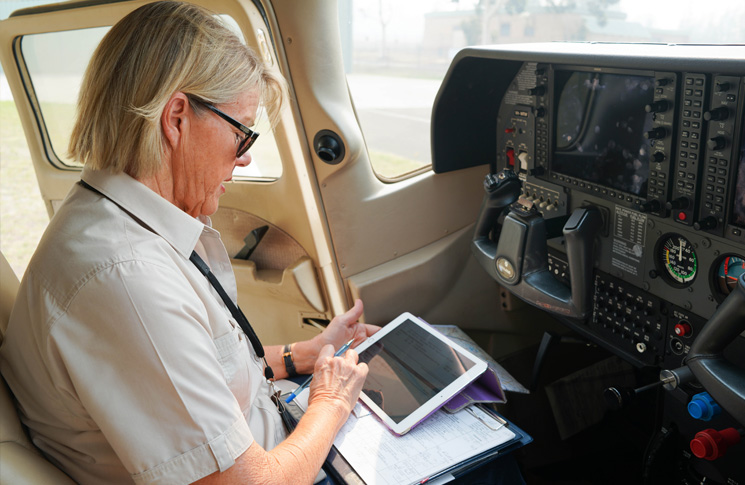
Holes in the bag: EFB traps and tips
Heat
High ambient temperatures are the greatest threat to the distributed situational awareness bargain you have made if you rely on an EFB, Ross says. ‘iPads for example get to a certain temperature and can then die,’ she says. ‘Suddenly that colourful helpful screen is giving you zero information. If you’ve been relying on that you’re left completely unaware of your situation unless you’ve been logging your flight on paper. You may not even remember your heading and track.’
Scheffers says cockpit airflow is an often-forgotten aspect of heat management. ‘I use an iPad strapped to my knee in the Cirrus where there happens to be a vent—I’ve never had it shut down, no matter how hot. But I’ve had times flying a Diamond where it happened coming in to land, slowing down, with less airflow. I was in the circuit so it didn’t matter but, yeah, it stopped working. Slowing from 130 knots to 80, there wasn’t the airflow to keep it running.’
The device’s internal heat sources also count, Scheffers says. ‘Brightness also affects heat—turn the setting down and it will be less hot.’
Power
Some EFB users run their devices on cords powered by the aircraft’s electrical system, but many prefer to rely on internal battery power—it’s simpler and most flights are much shorter than the device’s nominal battery life on full charge. But managing an EFB device carelessly can unbalance this equation.
‘If you want to conserve the battery, avoid the temptation to crank the brightness all the way up,’ Scheffers says. ‘If you can get away with a bit less brightness, you get an enormous amount of extra power. An iPad mini on full brightness might last three and a half hours, but on 75 per cent it could go up to six hours.’
Accuracy
CASA acting manager of the Office of Airspace Regulation Anthony Lawler cautions that while the GPS-computed positions presented by EFBs are generally accurate to within metres, there can be an issue with ‘geoborders’ where the boundary of an airspace follows a geographical feature such as a river, coastline or road.
‘The airspace that appears in electronic flight bags is based on data in the designated airspace handbook which accords with the ICAO criteria for the required accuracy,’ he says. ‘As we transition into the digital world, this criterion needs to be modernised to improve the level of accuracy that users would expect from new technology.’
He says there are circumstances where the digital representation of a geographical feature that was intended to form the airspace boundary doesn’t closely align with the lines depicted on paper charts. One result of this ambiguity could be pilots believing they are outside the boundary of a particular airspace involving a geoborder, when the opposite is true.
CASA is working with Geoscience Australia and Airservices Australia to improve the underlying data with a view to enhancing the accuracy for inclusion in EFB products.
Connection
‘It’s basic, but make sure all your data is downloaded so you don’t get a blank screen in the middle of your flight when you’re away from data coverage,’ Scheffers says.
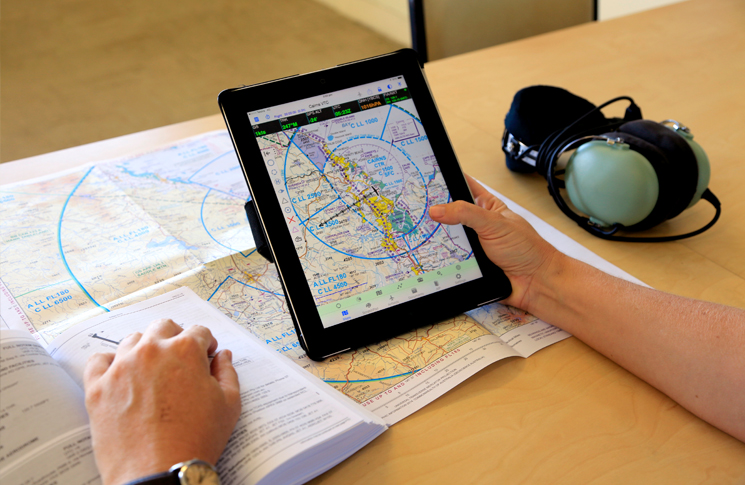
Out of the bag: the safety impact
There’s strong consensus that EFBs are a net positive for general aviation safety, even if the extent of that impact is hard to gauge.
‘We get positive stories from people who say they had to divert and it made their situation a lot easier,’ Scheffers says. ‘That’s not to say they wouldn’t have survived without it.’
Anderson says complaints about over-reliance on EFB technology echo the moans of earlier generations of naysayers. ‘People have been saying that about every innovation in aviation since radio ranges, and when VORs replaced pure map and chart navigation,’ he says. ‘The same thing happened when GPS came out, in non-certified and certified versions in the 1990s. This is yet another piece of technology. It changes how people fly, but not, I believe, for the worse.’
He says understanding of EFBs has improved over the decade since their introduction. ’The worst pilots are the ones who ring us from the aeroplane in flight. They’ve just installed the software and it’s not working as they expected. It’s happened more than once, but to be fair, more in the early days. But we’ve moved from the early adopters into the mainstream. Now people can get feedback from their peers, and learn.’
Shelley Ross is typically concise in her summation. ‘They are definitely a positive for aviation safety as long as users know their limitations.’

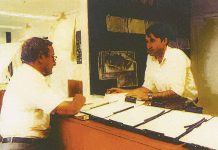
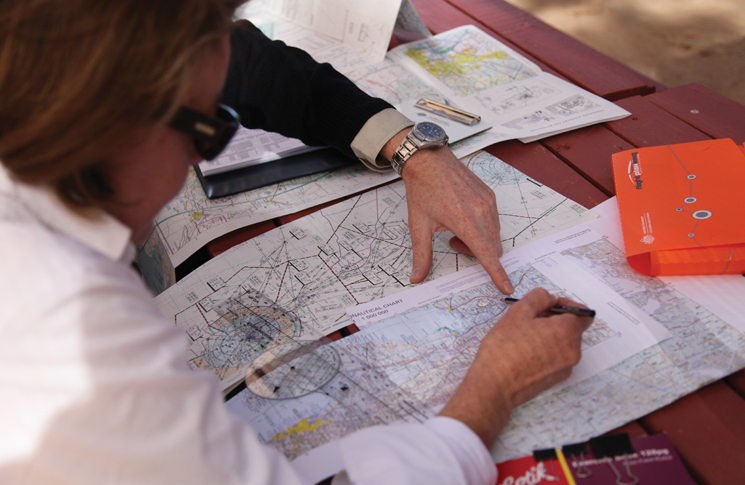
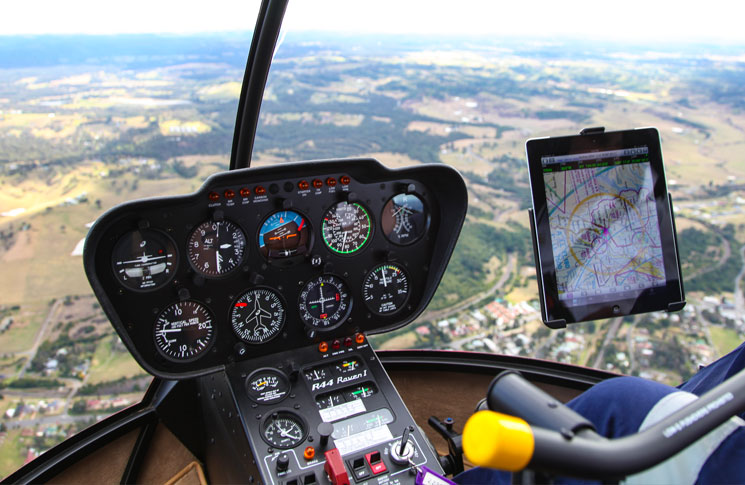

I have had pilot complaints that their comms, navaids have become unserviceable due “interference” I have traced the source of the interference to cigarette mounted USB adapters, driving their i pads. USB adapters are switch mode power supplies and as such, generate a lot of emi. A client wanted me to install 2 USB hard wired outlets into his C210, which I needed to fill out an EMI and load analysis to present to my CASA CAR 30 surveyor. Well, didn’t even tick box 1- EMI interference to comms and navaids, however, the Casa Car 30 man was very helpful and recommended a supplier with aircraft spruce, which he had already type certified. So, as you mentioned earlier, beware when running your iPad off a petrol station bought USB adapter,